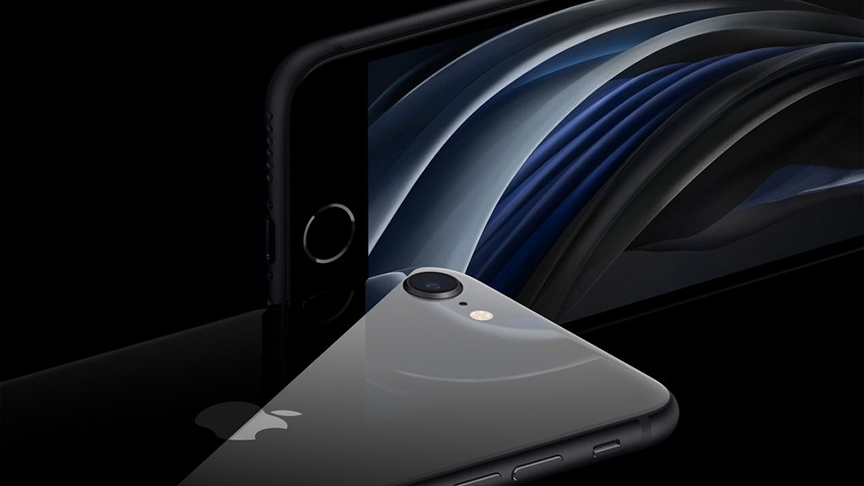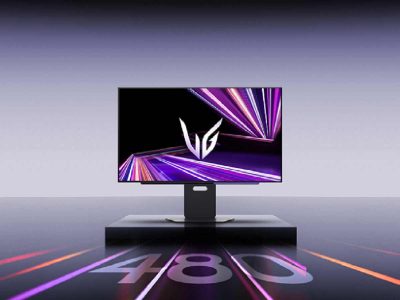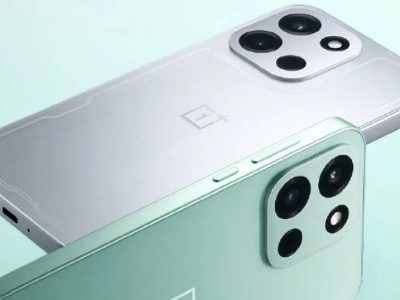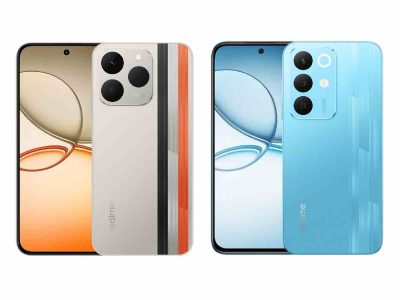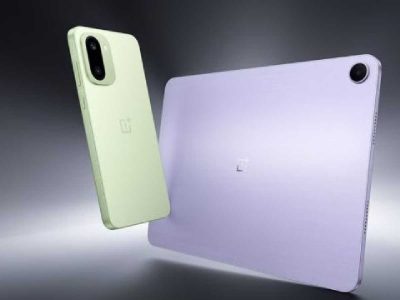The blossoming premium budget smartphone market in India has so far been dominated by Chinese brands. Can the iPhone SE challenge their grip on the market?
When it comes to the premium smartphone sector, Apple is undoubtedly the undisputed leader. And with the unveiling of the iPhone SE 2020, it will be looking at capturing the premium budget smartphone as well.
The premium budget smartphone market in India already has a lot on offer. Most of the offerings in this sector are from Chinese brands. Some of the key manufacturers catering to this market are Xiaomi, MI, Realme and Oneplus. But with Apple finally making a comeback in this segment the reactions of buyers and other manufacturers will be interesting to see. Subsequently, the timing for the launch of the SE could not have been better.
The world is facing a pandemic due to a virus whose origin can be traced back to China. The high communicability of the virus forced a major slowdown in production and supply in the smartphone industry. Chinese brands have been especially hit due to rumours and a feeling of distrust due to their handling of the spread. Even in India, there have been calls on social media to boycott Chinese products. This could have an impact on the grip Chinese smartphone brands enjoy on the market.
Apple already controls around 75% of the premium smartphone market in India but in 2019, it witnessed an overall fall in revenues of around 19%. This fall can in part be attributed to the falling value of the rupee against the dollar, leading to a rise in prices, and partly to the exploding premium budget smartphone sales in India where Apple had nothing to offer. In this very segment in the last quarter of 2019, Oneplus smartphones dominated the sales figures. And the formula for their success is easy enough to decode — the latest specs, with some minor features missing at lower prices.
In a move that could seemingly be aimed at reducing prices in the country, Apple started manufacturing the iPhone XR in India, which showed promising results. Even then, to counter the growing domination of Oneplus, Apple would need something better. And iPhone SE may just be that counter.
The iPhone SE, shipping at a price point of Rs 42,500 for the base variant, is one of the most cost-effective offerings in the Apple lineup. With all the latest tech under the body of the older generation iPhone 8, the SE looks to be one of the most promising smartphones in this segment. However, with a price point of Rs 41,999 for the base variant, the Oneplus 8 is not far behind in the game. And with the lowering in the prices of the 7T, the SE has its work cut out.
So, why after a gap of almost four years, is Apple looking to make a comeback in the premium budget smartphone market?
The Indian smartphone market has been witnessing a year-on-year growth rate of 9%. Most of this growth was witnessed in the budget and premium budget markets, areas where Apple had nothing to offer. The SE, however with its A13 bionic chip — which is the same chip that powers Apple’s flagship phones like the iPhone 11 pro — and IP67 dust and water-resistant ratings, fills this gap.
Another point to be noted is that Apple smartphones receive regular software updates for 4-5 years, which is not always the case with other smartphone manufacturers. It also offers wireless charging, again something most smartphones in this segment miss out on.
Basically, the SE without falling into the trap of pushing the boundaries of the technology in smartphones does everything one expects phones to do in 2020 without the pomp and show. With the markets in North America and Europe headed towards saturation point, the obvious hunting ground for smartphone companies is the Southeast Asian market.
So can we expect it to beat the Chinese brands?
The answer may not be an easy one. Going head-to-head against the SE is the Oneplus 8, which is no slouch either. It sports the latest design with the Snapdragon 865 chip, with the additional advantage of better screen and camera. However, as has been the case with many generations of smartphones from the company, the lack of an IP rating is still a sore point.
And these aren’t the only competitors looking to make their mark. Behemoths like Samsung are also looking for a piece of the pie. The Samsung Galaxy Note 10 Lite is another major contender. Other names in the fray include the Realme X2 pro, the Pixel 3a and Xiaomi Black Shark. Each one of these smartphones has its own benefits over the rest, which makes it a tough battle.
In this battle of IOS vs Android, the preferences of the consumers will reign supreme.

